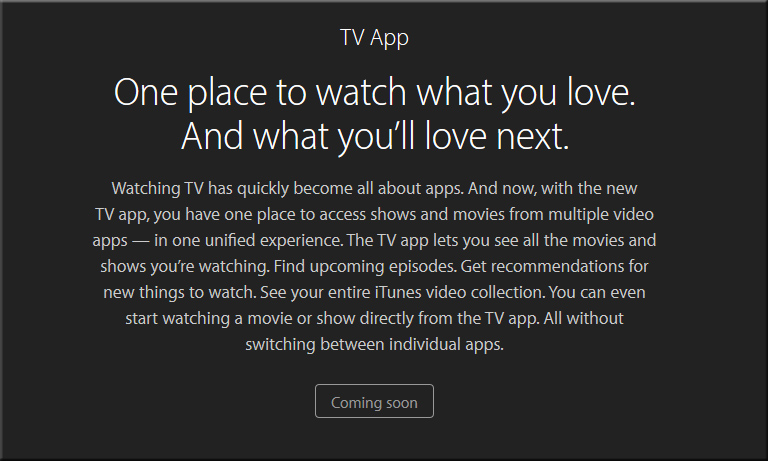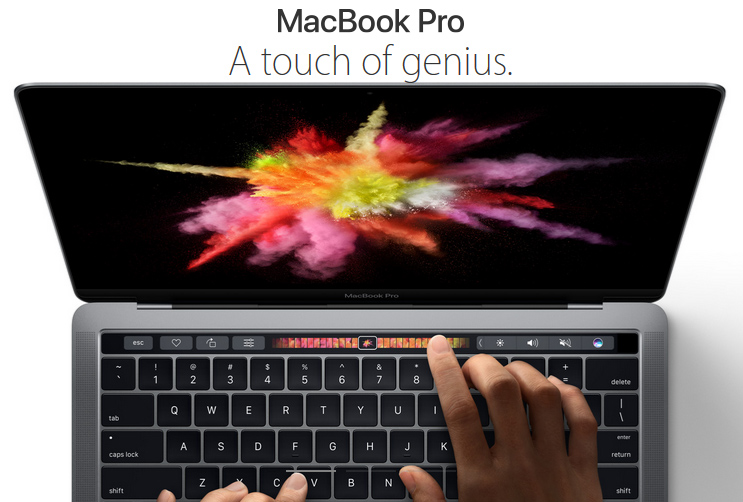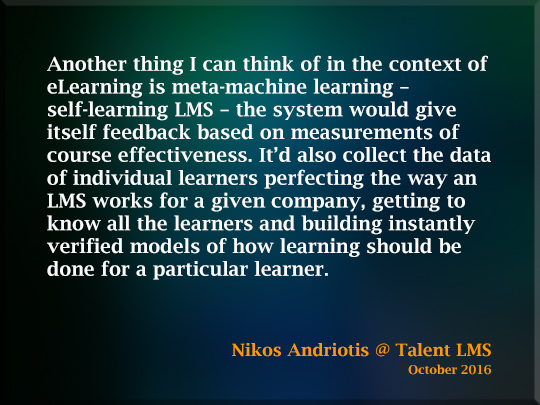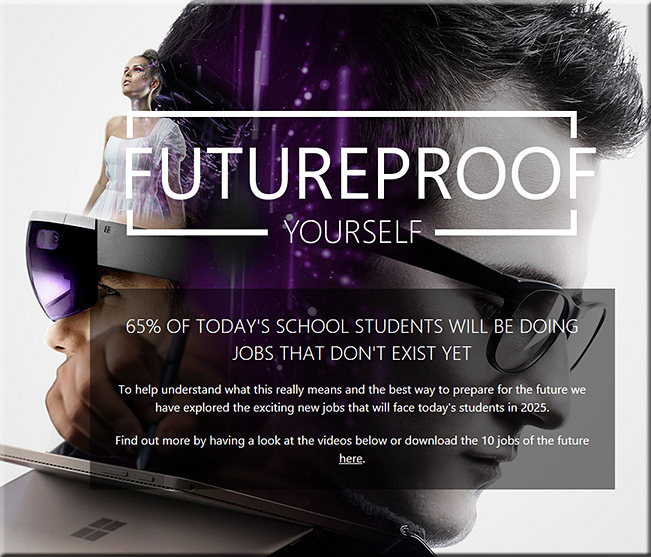KPMG & Microsoft Announce New “Blockchain Nodes” — from finance.yahoo.com
Excerpt:
NEW YORK, Feb. 15, 2017 /PRNewswire/ — KPMG International and Microsoft Corp. have announced the launch of joint Blockchain Nodes, which are designed to create and demonstrate use cases that apply blockchain technology to business propositions and processes. The first joint Blockchain Nodes are in Frankfurt and Singapore, with future plans for a location in New York.
The KPMG and Microsoft Blockchain Nodes –innovation workspaces– will expand on a global alliance, which combines Microsoft’s technical expertise with KPMG’s deep industry and blockchain application knowledge, together with strong connections to the start-up and developer communities.
“The Blockchain Nodes will play a critical role in identifying new applications and use cases that blockchain can address,” said Eamonn Maguire, global and US leader for KPMG’s Digital Ledger Services. “They will enable us to work directly with clients to discover and test ideas based on market insights, creating and implementing prototype solutions that use this innovative technology.”
IBM Brings Machine Learning to the Private Cloud — from finance.yahoo.com
First to automate creation and training of learning analytic models at the source of high value corporate data, starting with IBM z System Mainframe
Excerpt:
ARMONK, N.Y., Feb. 15, 2017 /PRNewswire/ — IBM (NYSE: IBM) today announced IBM Machine Learning, the first cognitive platform for continuously creating, training and deploying a high volume of analytic models in the private cloud at the source of vast corporate data stores. Even using the most advanced techniques, data scientists – in shortest supply among today’s IT skills1 – might spend days or weeks developing, testing and retooling even a single analytic model one step at a time.
IBM has extracted the core machine learning technology from IBM Watson and will initially make it available where much of the world’s enterprise data resides: the z System mainframe, the operational core of global organizations where billions of daily transactions are processed by banks, retailers, insurers, transportation firms and governments.
IBM Machine Learning allows data scientists to automate the creation, training and deployment of operational analytic models that will support…
Amazon Echo and Google Home may soon be able to make voice calls — from financye.yahoo.com and Business Insider by Jeff Dunn
Excerpt:
The Amazon Echo and Google Home could be used to make and receive phone calls later this year, according to a new report from The Wall Street Journal’s Ryan Knutson and Laura Stevens. Citing “people familiar with the matter,” the report says that both Amazon and Google are looking to activate the feature, but that their attempts have been slowed by privacy and regulatory concerns. Amazon has reportedly been working on Echo-specific voice calls since 2015, but has been held up by “employee turnover” as well.
Amazon unveils Chime, looks to reinvent the conference call with new Skype and GoToMeeting competitor — from geekwire.com by John Cook
Excerpt:
Amazon is looking to transform just about every industry.
Now, the Seattle tech juggernaut wants to reinvent how you conduct meetings and conference calls.
Amazon Web Services today unveiled Chime, a new service that it says takes the “frustration out of meetings” by delivering video, voice, chat, and screen sharing. Instead of forcing participants to call one another on a dedicated line, Amazon Chime automatically calls all participants at the start of a meeting, so “joining a meeting is as easy as clicking a button in the app, no PIN required,” the company said in a press release. Chime also shows a visual roster of participants, and allows participants to pinpoint who exactly on the call is creating annoying background noise.










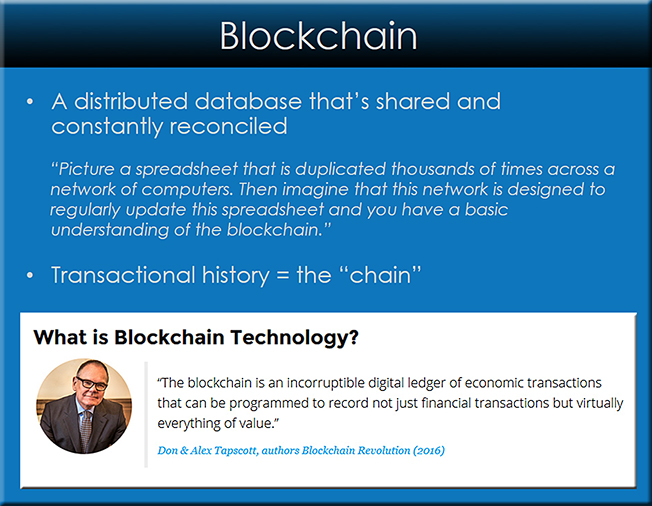

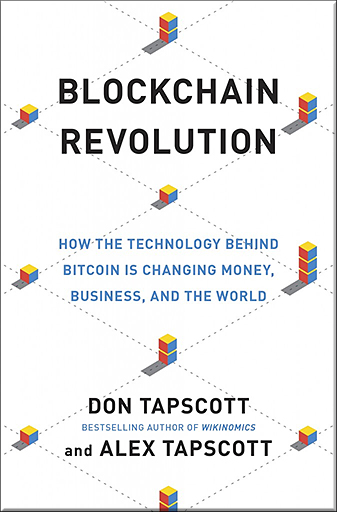
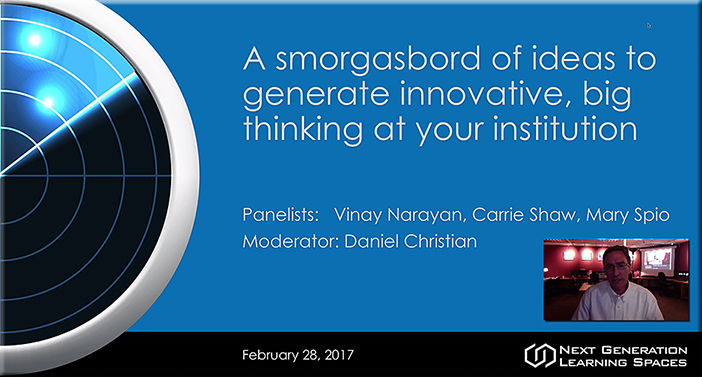
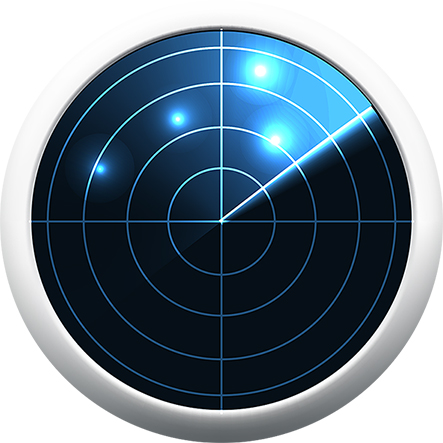
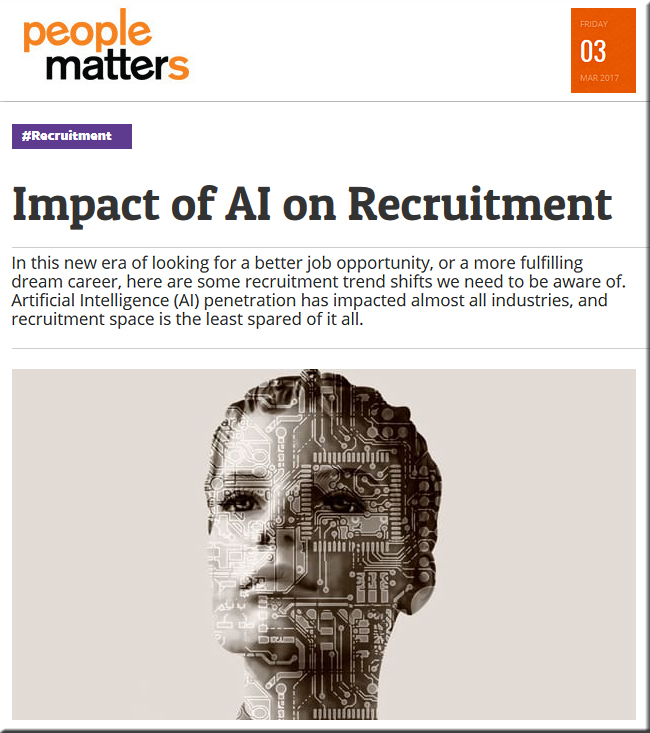

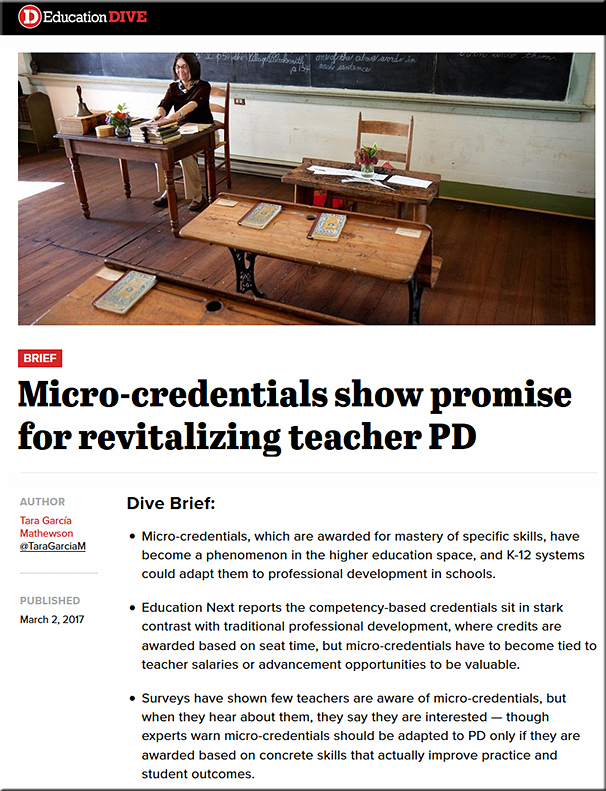
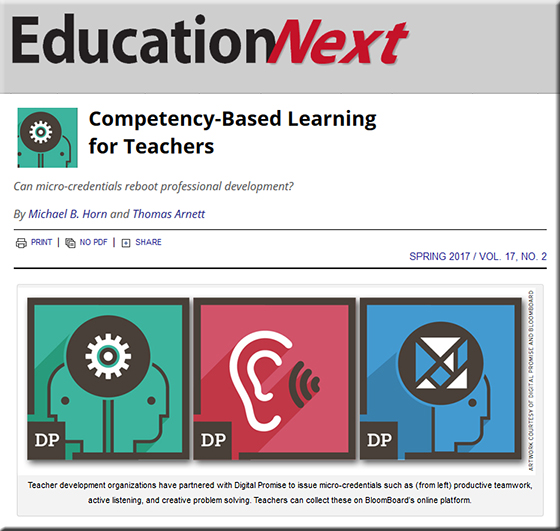





![The Living [Class] Room -- by Daniel Christian -- July 2012 -- a second device used in conjunction with a Smart/Connected TV](http://danielschristian.com/learning-ecosystems/wp-content/uploads/2012/07/The-Living-Class-Room-Daniel-S-Christian-July-2012.jpg)

